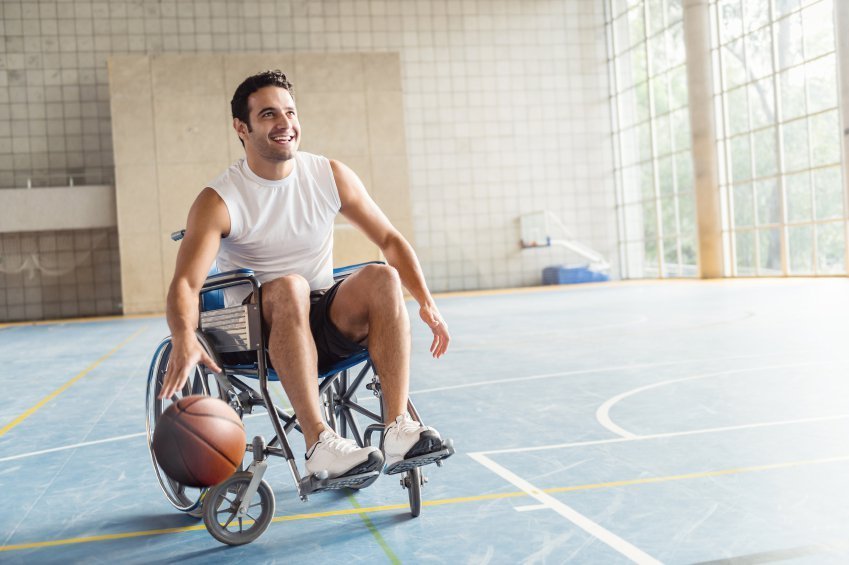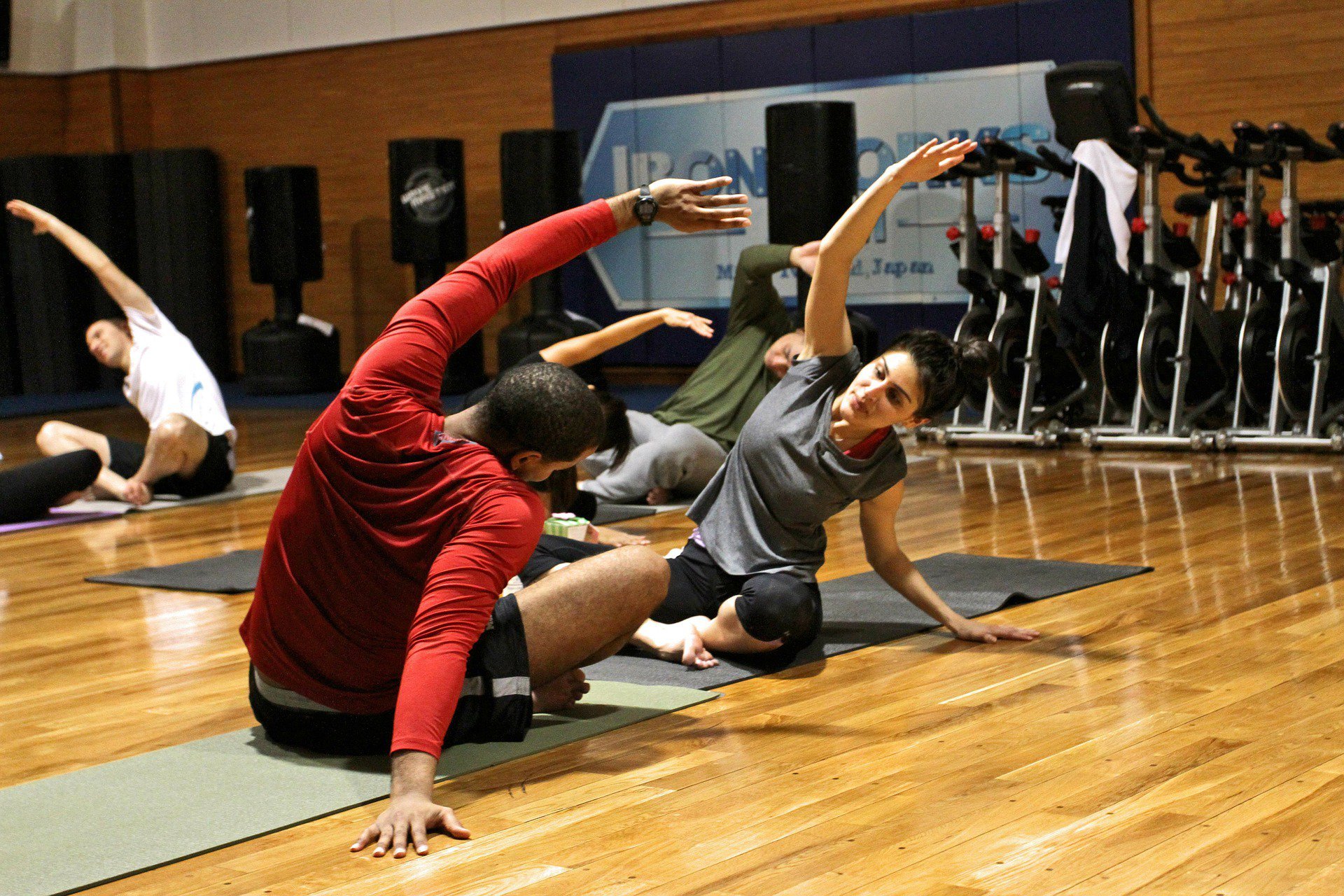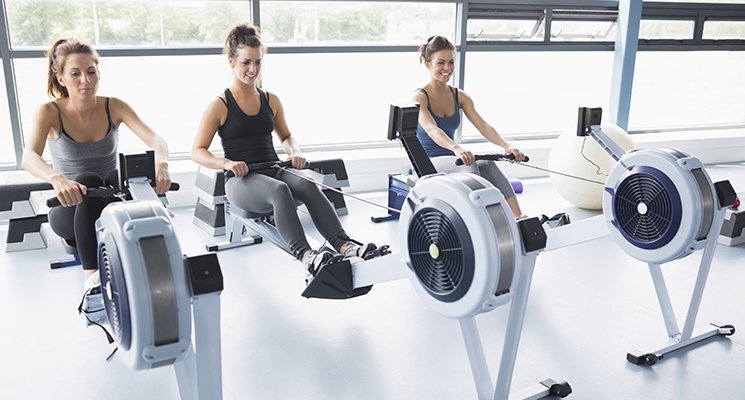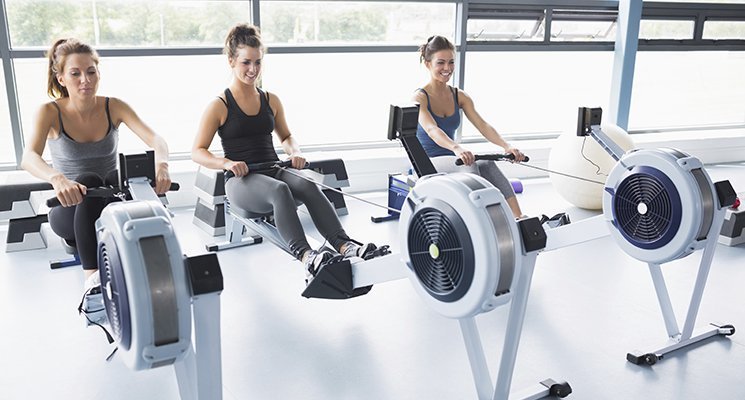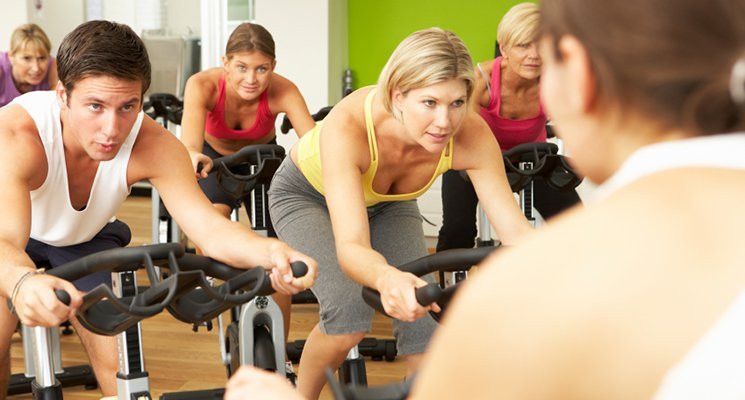At the climbing gym I frequent, there’s a man whose left arm ends in a stump. He’s a veteran who lost his hand in Iraq. I know how hard it is scaling those thirty-foot walls with all my limbs intact; watching this guy, I can’t help but feel humbled and awed. He does it with no special accommodations. He just figures out what will work for him, and up he goes.
Indoor climbing is especially flexible in this way — the whole point is to do what you have to do to get to the top, no matter what particular challenges you might be facing. But, what about other, less universally approachable sports or exercises? What about just watching sports? How can we make participating in sports, working out, and being a fan in the stands more accessible for anyone who wants to take part?
There are a few things to consider as you gauge your facility’s accessibility and think about what changes, if any, to make. First, there’s the ADA, or Americans with Disabilities Act. Enacted in 1990, this law requires public places and commercial facilities to comply with guidelines that allow for wheelchair accessibility and other disability considerations. Facilities constructed before 1990 are not required to meet the specific stipulations of the ADA — such as that wheelchair spaces be at least 36 inches wide, with equal, adjacent space for a companion — but such facilities are under obligation to remove existing barriers. And any facility refurbishing its space must bring it into ADA-compliance.
So, for example, when Hampton-Dumont High School in Hampton, Iowa, decided to replace its fifty-five-year-old wooden bleachers recently, it had to create a new deck with room for six wheelchairs, plus companion seats, and a ramp. The project’s total cost was about $20,000 — but the alternative, building an entirely new stadium, would have cost the school at least a quarter of a million dollars. The lesson here is that changes you make to bring your facility into ADA-compliance, whether you run a gym, niche fitness center, or sports venue, need not cost a fortune. The money you spend will pay off. In Hampton-Dumont’s case, the school forged a better relationship with the community after the reconstruction because now no one was shut out. In the end, more tickets were sold at events.
If you’re not ready to refurbish, there are other steps you can take to make your facility more welcoming of people with special considerations. If you’re a gym with regular exercises classes, consider the possibility of designing a wheelchair class. You’d need to hire an experienced instructor and make sure the room where the class will be held is completely accessible. Also consider hosting workshops about exercising with a disability, and see whether you can create areas in your free-weight, cardio, and machine spaces solely for wheelchair users or others who need particular physical accommodations.
In addition, think about how you can make your commitment to inclusivity known. No matter what kind of facility you run, the more you spread the word about your accessibility, and the more you make it known that you welcome all kinds of members, the greater your standing in the community will be, and the more chances you’ll have of attracting an untapped segment of your local population.
Overall, you want to think in terms of being an ally to folks who are differently abled. As an organization dedicated in some form or other to physical activity, you bear a particular onus: how to enable physical activity for everyone. When it comes to issues of accessibility, gyms and sports facilities have a chance to shine.
